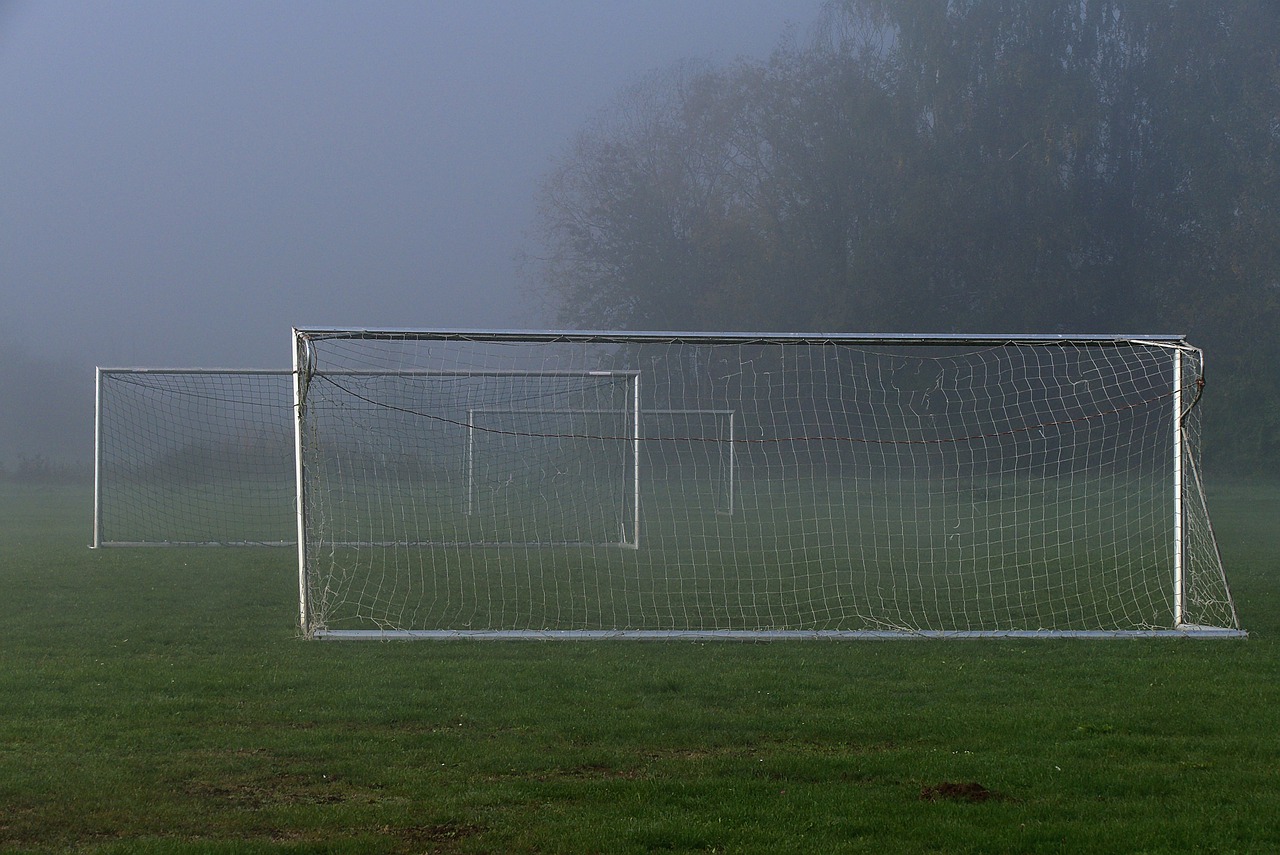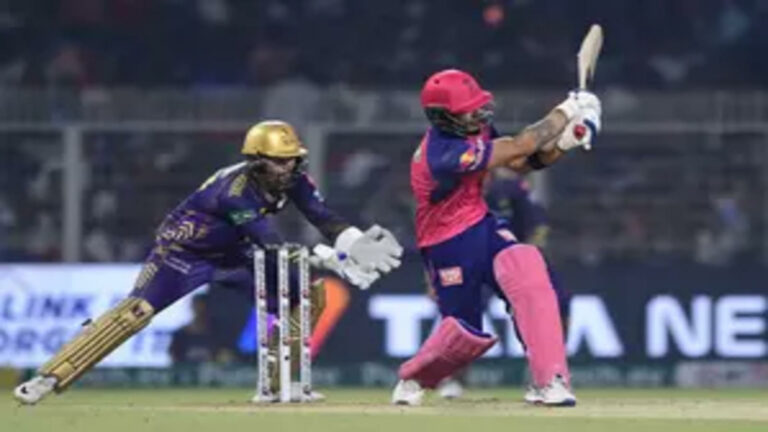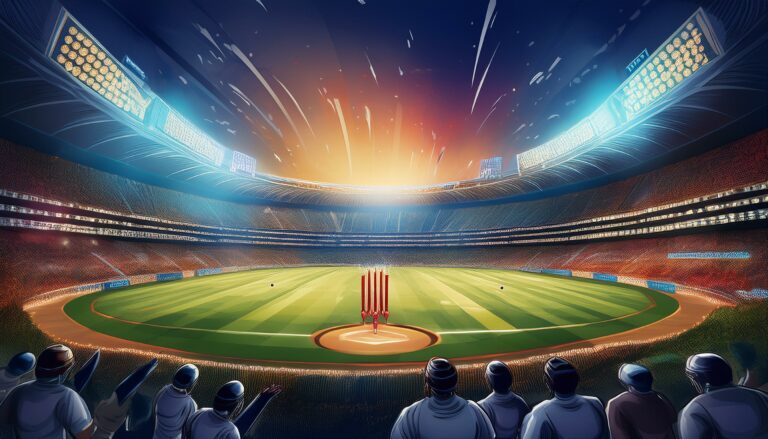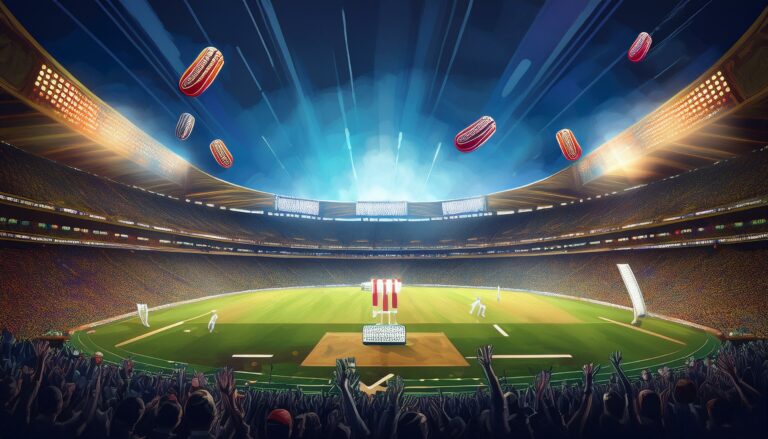Exploring Wearable Tech in Cricket Training
Online Cricket ID, Online Cricket ID: Over the years, the landscape of cricket training has witnessed a significant transformation driven by advancements in technology. Traditional methods of coaching and training have now evolved to incorporate innovative tools and devices that offer precise insights into player performance. The integration of technology has revolutionized the way cricket is played and trained for at all levels, from grassroots to professional leagues.
From basic drills to comprehensive data analytics, technology has become an integral part of cricket training. Coaches and players now have access to a wide array of tools such as motion sensors, smart wearables, and video analysis software that provide real-time feedback and performance metrics. This shift towards technology-driven training has not only enhanced the efficiency of practice sessions but has also helped in identifying areas for improvement and fine-tuning player skills for optimal performance on the field.
Benefits of Using Wearable Tech in Cricket Training
Wearable tech has revolutionized the way cricket players train and perform on the field. By providing real-time data and insights into various aspects of the game, these devices offer invaluable information that can help players improve their skills and overall performance. From monitoring heart rate and movement patterns to analyzing speed and impact, wearable tech allows players to track key metrics that are crucial for honing their craft.
One of the main benefits of using wearable tech in cricket training is the ability to personalize training programs based on individual player data. By understanding each player’s strengths and weaknesses, coaches can tailor their training regimens to address specific areas that need improvement. This targeted approach not only enhances performance but also minimizes the risk of injury, as players can better track their exertion levels and ensure they are training optimally.
Popular Wearable Tech Devices for Cricket Players
One popular wearable tech device among cricket players is the GPS tracker. By wearing a GPS tracker during training sessions and matches, players can monitor their speed, distance covered, and number of sprints. This data can provide valuable insights into the player’s performance and help them identify areas for improvement.
Another widely used wearable tech device in cricket is the smartwatch. Smartwatches equipped with features such as heart rate monitors, step counters, and sleep trackers can help players monitor their overall health and fitness levels. This information can be used to optimize training schedules, monitor recovery periods, and ensure peak performance on game days.
How Wearable Tech Can Improve Performance in Cricket
Wearable tech has revolutionized cricket training by providing players with real-time data on their performance metrics. These devices, such as smartwatches and fitness trackers, can monitor key variables like heart rate, speed, and distance covered during practice sessions and matches. By analyzing this data, players and coaches can gain valuable insights into areas that need improvement and tailor training programs to address specific weaknesses. This personalized approach to training can lead to more efficient skill development and overall performance enhancement on the field.
Moreover, wearable tech can help players track their progress over time and set realistic goals for improvement. By consistently monitoring their performance metrics, cricketers can identify trends and patterns in their data, allowing them to make informed decisions about their training routines and playing strategies. This continuous feedback loop offers players the opportunity to optimize their performance and maximize their potential on the cricket pitch.
Analyzing Data Collected from Wearable Tech in Cricket Training
Wearable technology has revolutionized the way data is collected during cricket training sessions. These devices provide valuable insights into players’ performance, offering coaches and athletes a detailed analysis of key metrics such as speed, distance covered, and acceleration. By analyzing the data gathered from wearable tech, coaches can identify strengths and weaknesses in players’ skills, enabling them to tailor training programs to address specific areas for improvement.
The real-time feedback provided by wearable tech allows players to make instant adjustments to their techniques during training sessions. This immediate data analysis empowers athletes to track their progress over time and set realistic performance goals. With the help of wearable technology, coaches can create personalized training plans that focus on enhancing players’ individual strengths while also addressing their weaknesses.
Challenges Faced When Implementing Wearable Tech in Cricket Training
Implementing wearable tech in cricket training comes with its fair share of challenges. One of the main obstacles faced is the potential resistance from players and coaches who may be hesitant to adapt to new technology. Traditional training methods are deeply ingrained in the cricketing culture, making it difficult for some individuals to embrace the shift towards wearable tech.
Another challenge is the complexity of integrating the data collected from wearable tech into training programs effectively. Understanding and interpreting the large volumes of data can be overwhelming, requiring time and specialized expertise. Coaches and players need to be educated on how to make sense of the data to derive actionable insights that can truly enhance performance on the field.
Future Trends in Wearable Tech for Cricket Training
As technology continues to advance at a rapid pace, the future of wearable tech in cricket training holds exciting possibilities. One trend on the horizon is the integration of artificial intelligence (AI) algorithms into wearable devices, allowing for real-time analysis of player performance and instant feedback on areas for improvement. These AI-powered wearables could revolutionize the way players train by providing personalized training programs based on individual strengths and weaknesses.
Another emerging trend is the development of smart fabric technology, where sensors are seamlessly woven into clothing worn by cricket players. These smart fabrics can track various metrics like heart rate, body temperature, and muscle activity, providing a comprehensive overview of player physiology during training sessions. This data can be used to optimize performance, prevent injuries, and enhance recovery strategies for cricket players at all levels of the game.
Comparing Different Wearable Tech Options for Cricket Players
When it comes to wearable tech options for cricket players, there is a vast array of devices available in the market catering to different needs and preferences. One popular choice among cricket players is the smart cricket bat sensor, which attaches to the cricket bat and provides insights into batting technique, shot power, and impact angles. This device is ideal for players looking to improve their batting performance through real-time feedback and analysis.
Another common wearable tech option for cricket players is the smartwatch, which offers features such as heart rate monitoring, step tracking, and workout analysis. This device is perfect for players who want to track their overall fitness levels, monitor their training load, and ensure they are performing at their optimal levels. With the ability to sync data to mobile apps for further analysis, smartwatches have become a valuable tool for cricket players looking to enhance their training routines.
Tips for Maximizing the Benefits of Wearable Tech in Cricket Training
To maximize the benefits of wearable tech in cricket training, it’s essential for players to set specific goals before utilizing the devices. Whether it’s improving batting technique, increasing running speed, or enhancing fielding skills, having clear objectives will help tailor the use of wearable tech to meet individual needs. By knowing what they aim to achieve, players can track relevant metrics and analyze data effectively to make targeted improvements in their performance.
Additionally, regular calibration and maintenance of wearable tech devices are crucial to ensure accurate data collection. Players should take the time to calibrate sensors and inputs according to their specific preferences and playing style. This will help avoid inaccuracies in the data collected, providing a more reliable basis for making informed training decisions. Regularly checking and updating software, as well as ensuring proper device placement during training sessions, will also contribute to optimizing the benefits of wearable tech for cricket training.
Case Studies of Successful Implementation of Wearable Tech in Cricket Training
Wearable technology has revolutionized the way cricket players train and compete. By incorporating devices such as smartwatches, fitness trackers, and motion sensors into their training routines, players can track various metrics like heart rate, steps taken, speed, and power generated during their sessions. This real-time data allows coaches and players to make informed decisions to improve performance and prevent injury.
Several cricket teams have successfully integrated wearable tech into their training programs with remarkable results. For instance, a top cricket team in Australia used smart shirts equipped with biometric sensors to monitor players’ vital signs during training sessions. The data collected from these shirts enabled the team’s medical staff to tailor individualized training programs and recovery plans, leading to decreased injury rates and improved overall performance on the field. Similarly, a national cricket team in India utilized GPS trackers to analyze player’s movement patterns and workloads during matches and practice sessions, allowing coaches to make strategic decisions based on the insights gained from the technology.
What are some benefits of using wearable tech in cricket training?
Wearable tech can help track performance metrics, analyze technique, monitor workload, prevent injuries, and provide real-time feedback to players.
What are some popular wearable tech devices used by cricket players?
Some popular wearable tech devices for cricket players include smartwatches, fitness trackers, GPS trackers, and performance analysis sensors.
How can wearable tech improve performance in cricket?
Wearable tech can help players identify weaknesses, track progress, set goals, make data-driven decisions, and optimize training routines for better performance on the field.
What are some challenges faced when implementing wearable tech in cricket training?
Some challenges include data accuracy, device compatibility, cost, privacy concerns, player acceptance, and integrating wearable tech into existing training programs.
What are some future trends in wearable tech for cricket training?
Future trends may include advancements in sensor technology, AI-driven analytics, virtual coaching platforms, personalized training programs, and seamless integration of wearable tech into cricket gear.
How can players maximize the benefits of wearable tech in cricket training?
Players can maximize benefits by setting clear goals, using data to make informed decisions, collaborating with coaches and sports scientists, staying consistent with data collection, and constantly seeking to improve performance.
Can you provide some case studies of successful implementation of wearable tech in cricket training?
Sure, some case studies include the use of GPS trackers by elite teams to optimize player workload, smart batting sensors to analyze technique and improve shot selection, and fitness trackers to monitor player fitness levels and prevent injuries.







